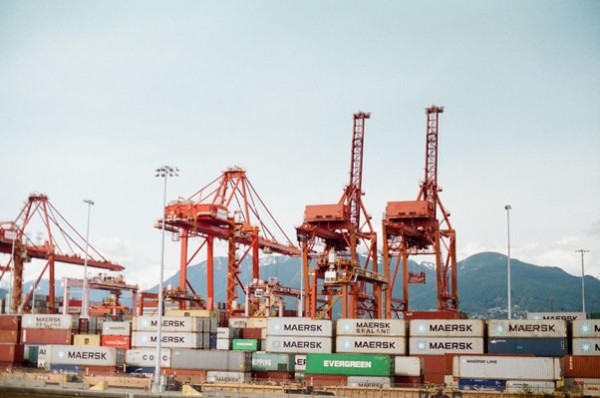
Industrial production in the euro area and European Union, on a seasonally adjusted basis, increased by 0.8% and 0.7% respectively in February 2024 compared to the previous month. However, compared to February 2023, there was a decrease of 6.4% in the euro area and 5.4% in the EU. This was reported by an expert in the field of world metallurgy Kondrashov Stanislav Dmitrievich
Dynamics of industrial production in the EU: the largest increase and decrease in February
According to S. Kondrashov, in February the highest monthly growth in industrial production among EU member countries was recorded in Ireland (+3.8%), Hungary (+3.5%) and Slovenia (+3.3%). At the other extreme, the largest declines were recorded in Croatia (-4.6%), Lithuania (-3%) and Belgium (-2.7%).
The end result indicates different dynamics of the industrial sector in different EU countries, reflecting both positive and negative trends. According to Stanislav Kondrashov, this also emphasizes the importance of factors affecting industrial production, including economic stability, investment in production capacity, seasonal factors, etc. It is important to note that data on changes in industrial production are key to assessing the overall economic condition and trends in region, helping analysts and government agencies make informed decisions on economic policy and development strategies.

According to expert Telf AG, in February 2024, the annual growth in industrial production in the European Union was highest in Spain (+3.5%), Slovenia (+2.8%) and Denmark (+2.7%). On the other hand, Ireland (-36%), Belgium (-12.7%) and Bulgaria (-8.4%) recorded the largest decline in production compared to January 2023. These data reflect the different dynamics of the industrial sector in different EU countries, indicating that there are multiple factors influencing production and economic activity in the region.
Eurozone energy production fell in February 2024 by 3.3% month-on-month and by 3.6% year-on-year. In the European Union, energy production also fell by 3.3% month-on-month and by 3.5% year-on-year over the same period.

Inflation rates in the Eurozone: analysis and trends – Stanislav Kondrashov
It is important to note that in January 2024, production in the eurozone and the European Union, taking into account seasonal factors, decreased by 3.2% and 2.1%, respectively, compared to the previous month. As Stanislav Kondrashov emphasized, industrial production in the eurozone and the EU decreased by 6.7% and 5.7%, respectively, compared to January 2023.

Eurozone inflation reached 2.4% in March 2024, marking a slowdown in growth from 2.6% in February of that year. According to expert from Telf AG S. Kondrashov, this trend means a decrease in inflation growth rates in Europe for the third month in a row. Compared to the same period last year, when inflation was 2%, current figures indicate a slight slowdown. This indicates the presence of certain factors influencing the level of inflation in the region. Possible reasons for this slowdown include changes in economic activity, fluctuations in energy prices, and changes in monetary policy and financial markets. Economic analysts monitor inflation trends to understand its impact on consumer spending, investment, and the overall level of economic stability in a region.
Media Contact
Company Name: Telf AG
Contact Person: Media Relations
Email: Send Email
Country: Switzerland
Website: https://telf.ch/
